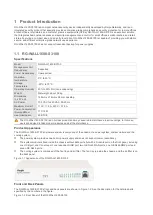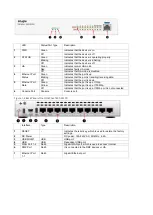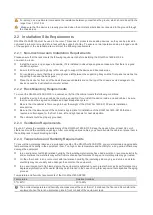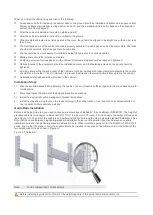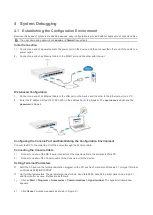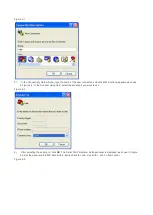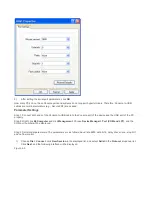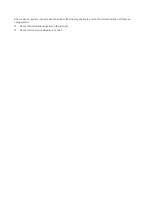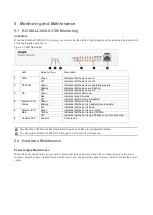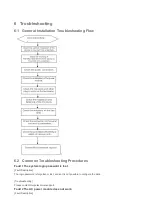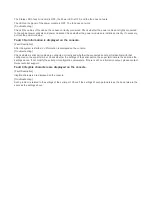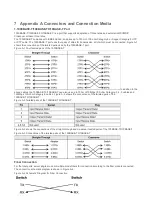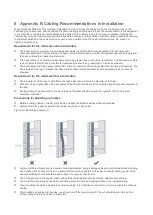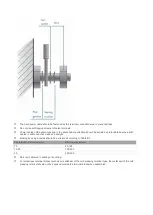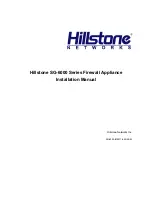
2)
Insert the twisted pair with the RJ45 port into the appropriate port according to the identification on the panel of the
linecard. Distinguish the crossover cable and straight-through cable.
3)
Connect the cables of each port in sequence.
3.7 Binding the Cables
Precautions
The power cables and other cables should be bound in a visually pleasing way.
When you bind fibers, be sure that the fibers at the connectors have natural bends or bends of large radius.
Do not bind fibers and twisted pairs too tightly, as this may press hard the fibers and affect their useful life and
transmission performance.
Simple Binding Steps
1)
Bind the drooping part of the fibers and twisted pairs of each board, and lead them to both sides of the chassis for
convenience.
2)
On the both sides of the chassis, fasten the fibers and twisted pairs to the cable management bracket.
3)
For the power cables, you should bind them closely along the bottom of the chassis, in a straight line wherever
possible.
3.8 Installation Verification
Verifying the Cabinet
Verify if the external power supply matches the distribution panel of the cabinet.
After installing the equipment, verify if the front/back cabinet doors can be closed.
Verify that the cabinet has been fastened completely, and does not move or tilt.
Verify that the equipment has been installed in the cabinet, and all the cables have been fastened to the cabinet.
Verifying the Cables
Verify that the twisted pairs match the ports.
Verify that the cables have been bound properly.
Verifying the Power Supply
Verify that the power cables are in good contact and comply with the safety requirements.
Verify that the power module has been fastened onto the equipment with the two captive screws on the panel.
Turn on the power switch and verify that the power module can work normally.




